
Activity Reports
Safety measures for volunteers (Part 1)
September 28, 2011
Peace Boat sent its first group of volunteers to Ishinomaki on March 25. It was two weeks after the earthquake and tsunami occurred and there were aftershocks on a daily basis. Buildings were on a slant and there was broken glass and sharp objects everywhere. There was rotting seafood and other harmful materials among the sludge that covered the town and volunteers had to work in conditions more dangerous than they are now.
Peace Boat put great effort into preparing people who wanted to be volunteers by training them thoroughly before going to the disaster-affected areas. Volunteers were required to attend one of the information and orientation sessions held in Tokyo and other regions. These sessions were designed to teach volunteers about what to expect, what to bring and how to be aware of their personal safety. Peace Boat put this effort into such preparations because it felt it was responsible for providing large scale volunteer help as soon as possible.
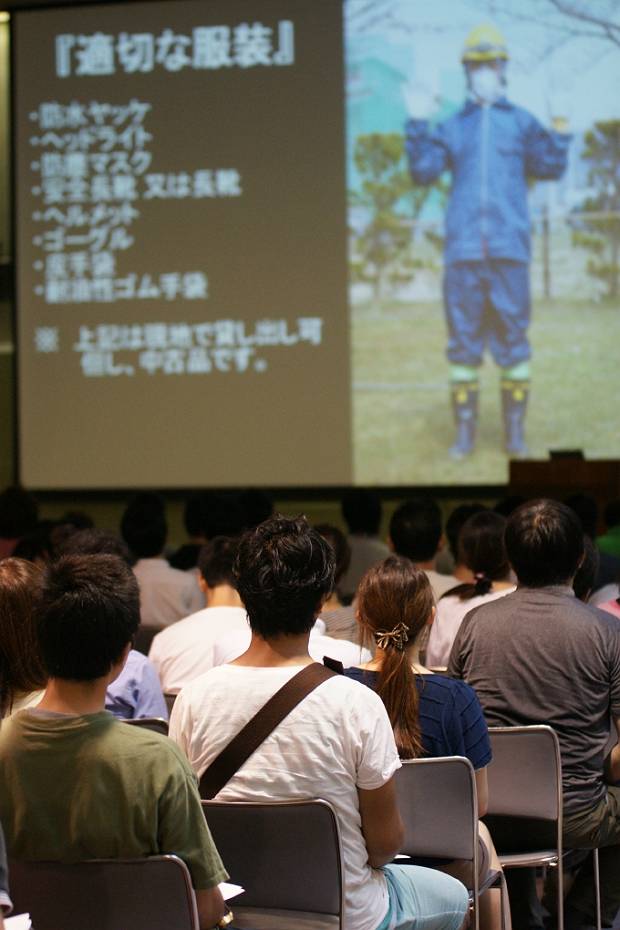
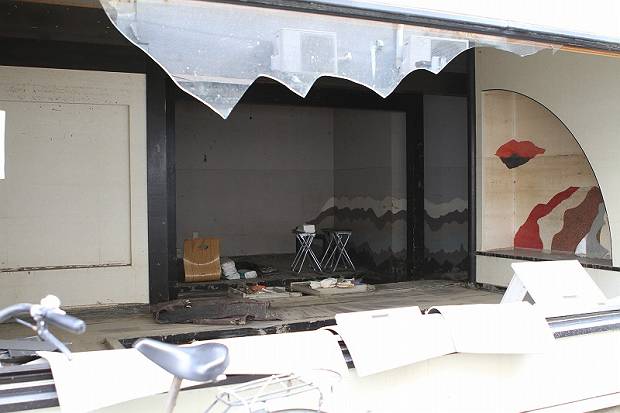
Peace Boat has been involved in disaster relief efforts since the Great Hanshin Earthquake in Kobe, Japan in 1995. Since then, Peace Boat has organized emergency relief operations in disaster affected locations around the world, including in Turkey, Taiwan, Pakistan, the US (Hurricane Katrina) and Sri Lanka (May 2010 Northern Sumatra earthquake and subsequent tsunami). The Peace Boat representative who was in charge of most of these relief effort operations, Yamamoto Takashi, is currently in charge of the relief operations in the Tohoku region as well.
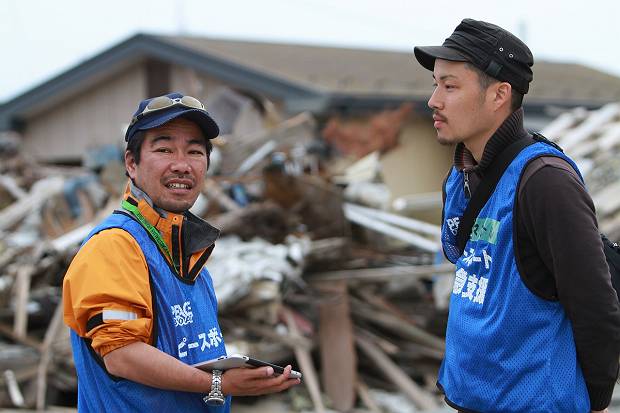
Peace Boat representative Mr Yamamoto Takashi (left) and the on-site Assistant Director of clean-up activities, Mr Ichijo.
Yamamoto usually waits 5 to 7 days before entering a disaster-affected area.
He explained, “it depends on the size of the disaster but for 72 hours (3 days) after a disaster occurs, the main priority is rescuing people. During this stage, there is a limit to how much we can help because information lines are confused, and we cannot provide access to medical treatment or modes of rescue such as helicopters. If we are not careful we may become involved in secondary accidents and end up creating extra burden for the Self Defense Forces and firefighters.”
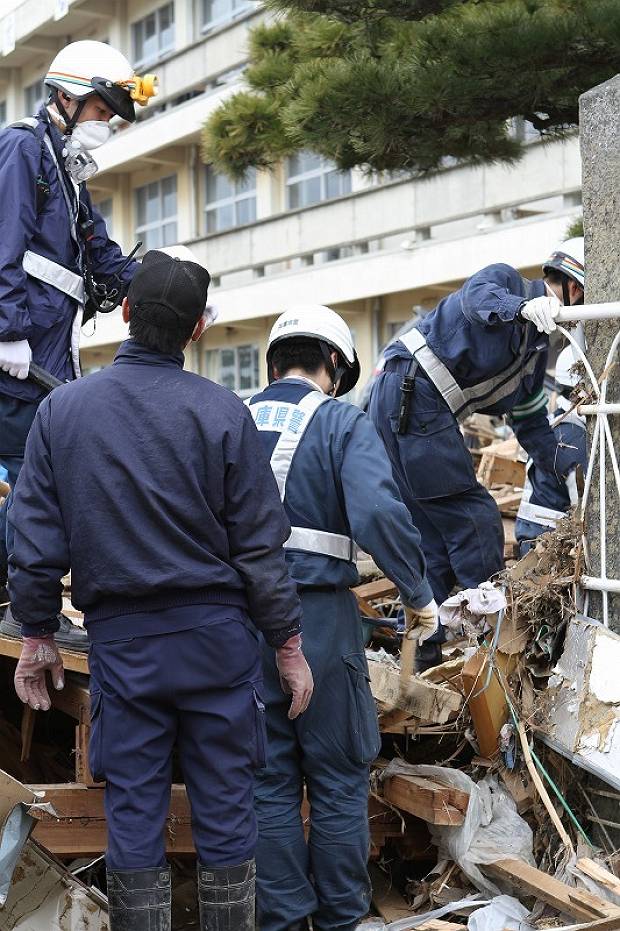
He went on to say, “however, what we can do during this time is to make preparations so that we can stay and help in the area in the mid to long-term. I believe that by making thorough preparations and establishing contacts and a base in the disaster-affected area, as well as establishing some kind of a dispatch base (in Peace Boat’s case, in Tokyo), we can create a successful starting point for long-term emergency relief efforts.”

After the initial rescuing of people and temporary evacuation stage, preparation of hot meals and making sure that people stay warm is what is necessary for people to survive. In March, Yamamoto and the rest of the advance team secured their own materials so that they could be completely self-sufficient and then headed for the disaster-affected area with the first shipment of water, food supplies and blankets.
“This started as a large-scale operation in cold weather. There would have been no point in showing up without bringing anything and then pointing out the obvious that there is not enough water or blankets. We departed with just one truck of supplies gathered together containing items that people would need,” commented Yamamoto.
For details of what happened after the advance team arrived in the disaster-affected area, see the earlier reports featuring advance team members Ueshima and Kobayashi.
After receiving a report from Yamamoto that there was a great shortage of people who could help, staff working at Peace Boat’s main office in Tokyo started accepting volunteer applications from the general public.
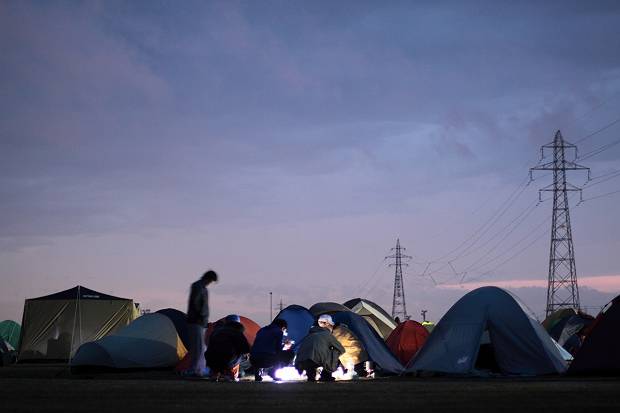
Photos by: Ueno Yoshinori, Kataoka Kazushi



